Zoom quality is a critically underrated feature of the Pixel 4's camera

Do I still wish Google included an ultrawide camera on the Pixel 4? You bet I do. But all of the complaints about the lack of an ultrawide shouldn't cast a shadow on the telephoto camera's excellent quality.
I've long been cold on digital zoom on phone cameras because when you simply digitally crop in on an image, the quality loss just isn't worth it. And until recently, I haven't been a big fan of telephoto cameras either because they're usually saddled with inferior sensors, lenses, or both.
It's the combination of a proper 2X lens and incredible digital zoom that makes this system great.
The Pixel 4 changed that, with the combination of a secondary telephoto camera and its incredible software called Super Res Zoom that processes multiple frames (not unlike HDR+) to provide improved clarity. So to say this is the "telephoto" camera's quality isn't exactly accurate, because I'm not just talking about using the 2X zoom offered by that secondary lens. I've learned to appreciate the combination of optical and digital zoom even at 5X, which blew away my expectations going into using the Pixel 4.
Even though the viewfinder preview on 2X+ zoom images looks really bad, once you get past that and start snapping photos, it's game-changing. Standard 2X photos are basically the same quality as the main sensor. Even 3-5X photos are incredibly sharp with very little loss of detail compared to shooting at the native 2X lens. Some of my favorite photos I've taken in the last month have been at 2X (or longer) on my Pixel 4.
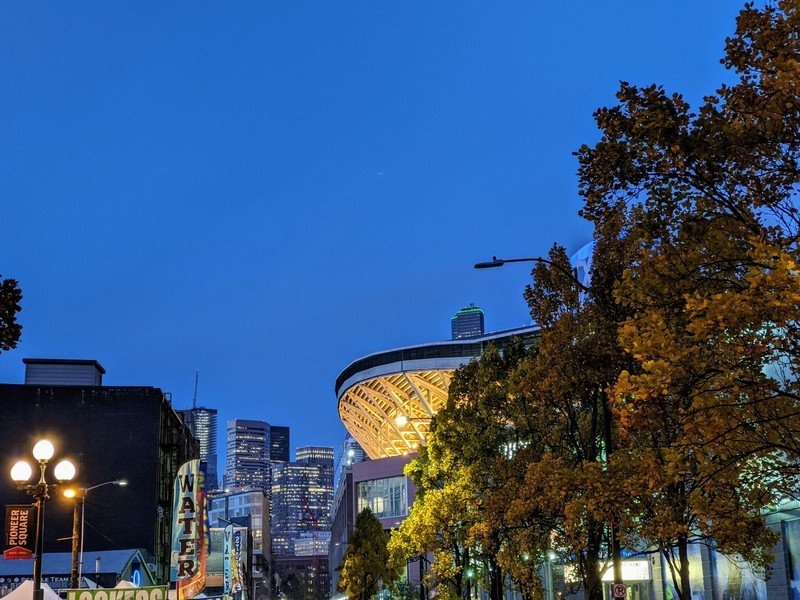



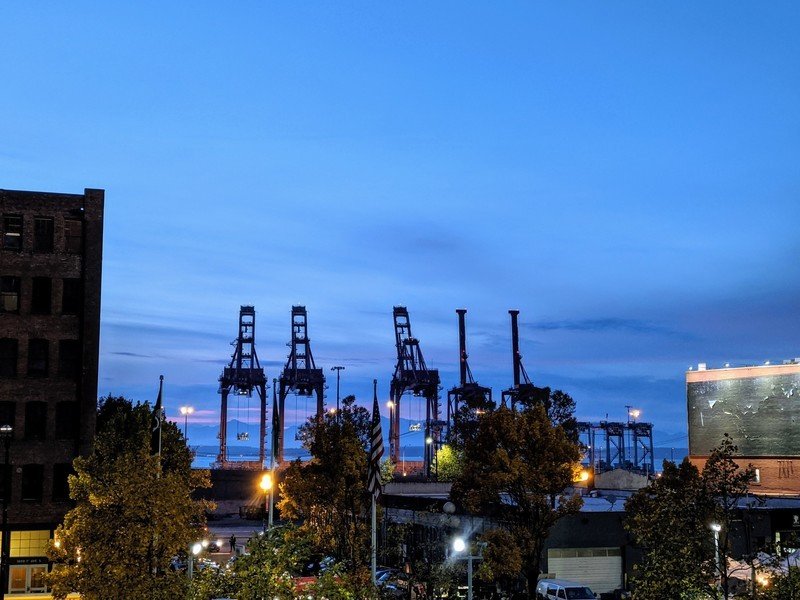
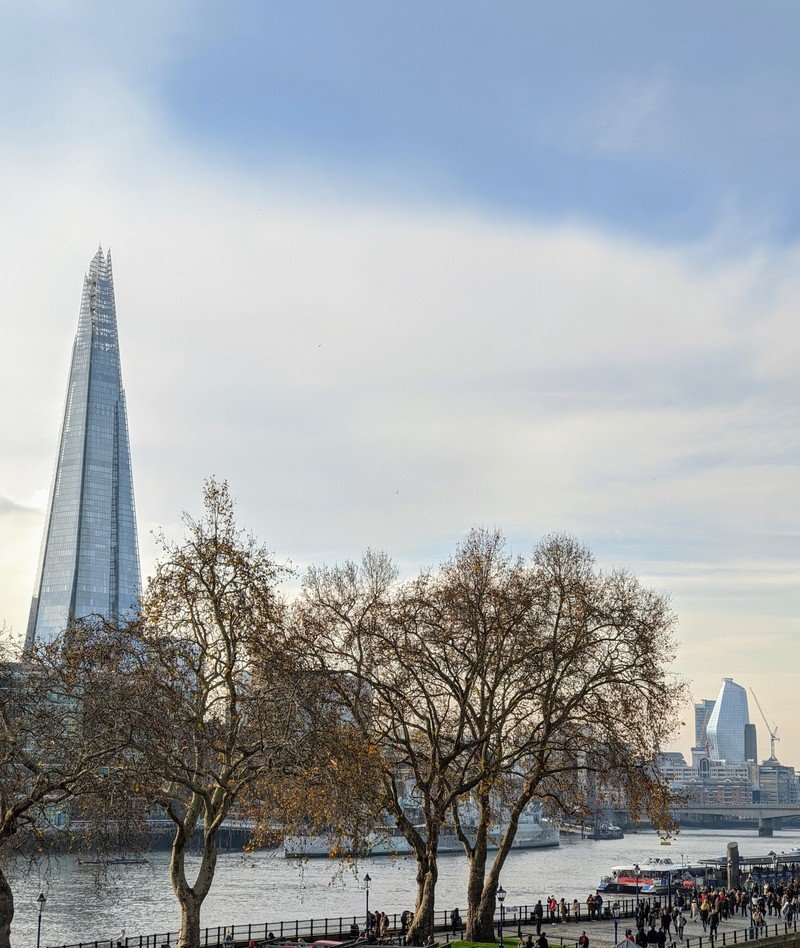
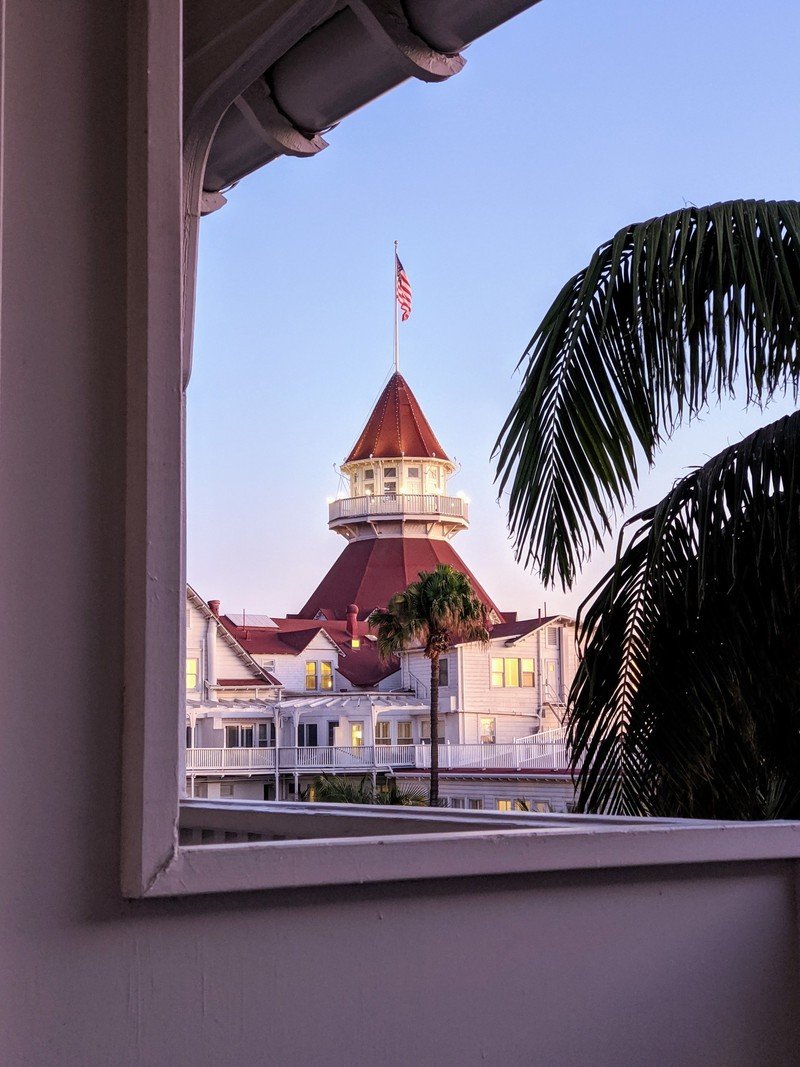
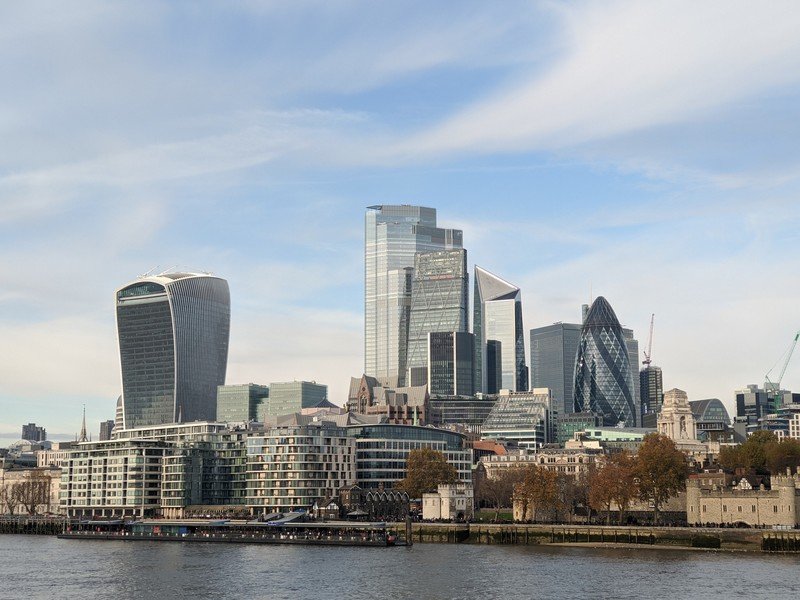

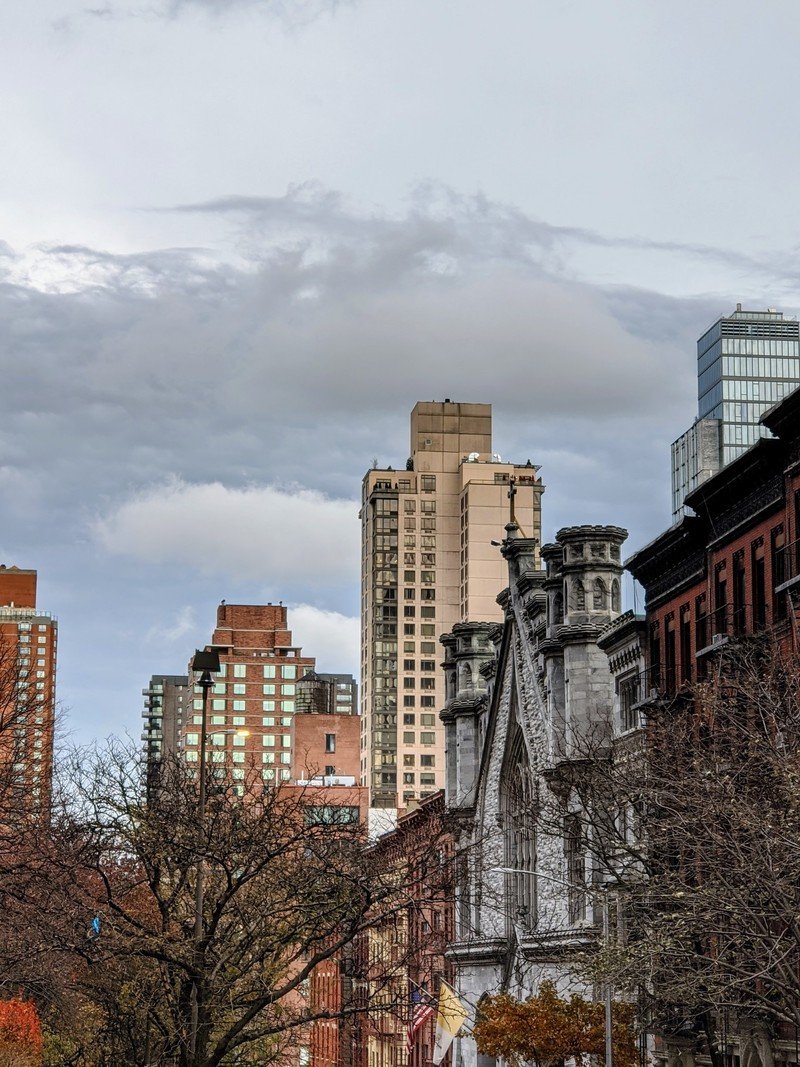
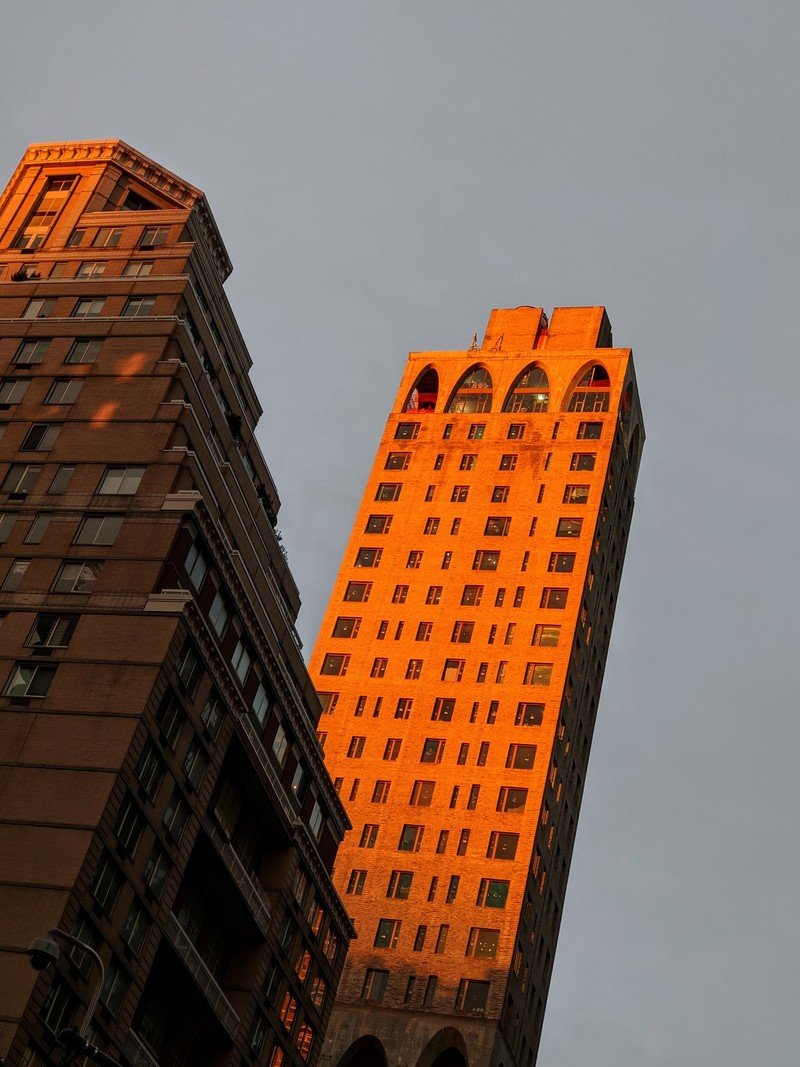
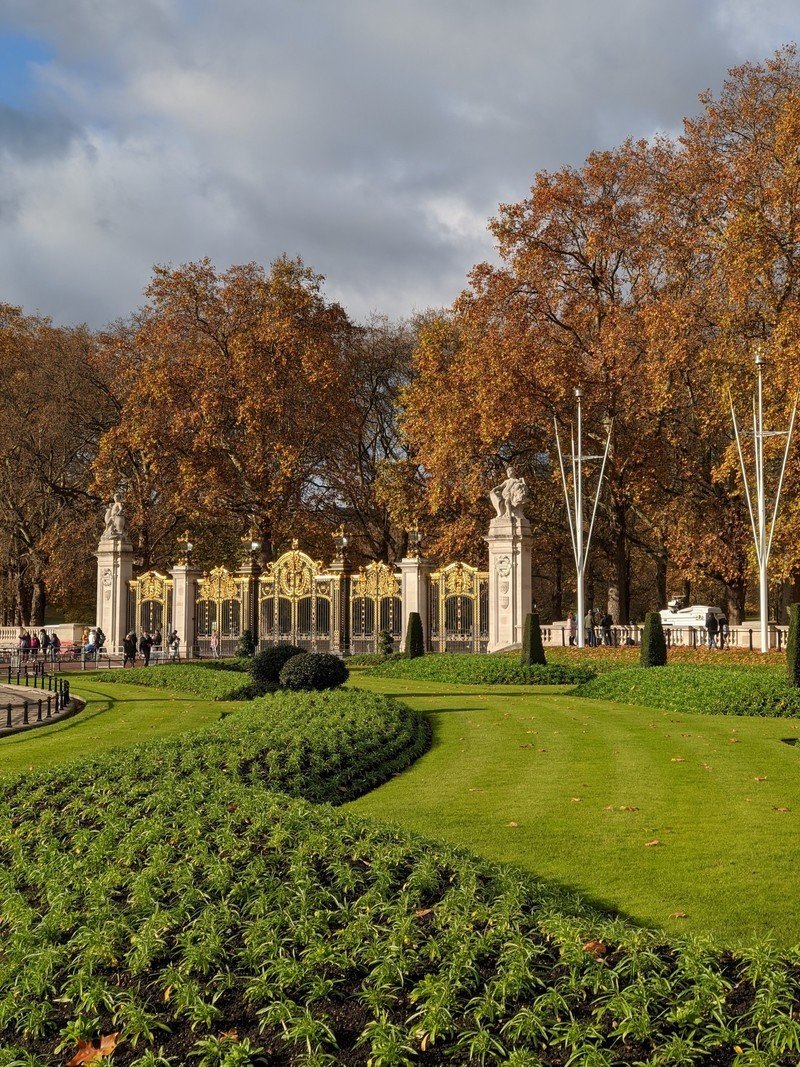
I've integrated the use of the telephoto camera into my muscle memory — I lean on it heavily now.
I know the Pixel 3 already had Super Res Zoom and took good zoom shots in its own right, but being able to start with a 2X lens actually makes a big difference. Not only does it make sure photos beyond 2X retain acceptable resolution, but it also begins with an actual narrower field-of-view lens that really does make a difference visually compared to an image that's purely a digital crop. Starting your zoom with a longer focal length provides a different perspective that's unique and eye-catching, and suits certain shots far better than a regular crop. When used properly, it's a great tool to have at your disposal when shooting with a phone that's inherently limited compared to a dedicated camera.
At this point, I've integrated the use of the telephoto camera into my muscle memory. Most of the time I pull up the Pixel 4 to take a shot, I'll get one with the standard lens and then do a quick double-tap to switch straight to 2X and see what else I can get. And knowing just how good the digital zoom is, I don't hesitate to move that slider a bit more to get a 3X or 4X shot. Obviously, I know that moving closer to the subject is always a better choice than digitally zooming beyond 2X, but sometimes that's not possible — and in those situations, I can still rely on getting a really good shot from the Pixel 4. Now, if only this great zooming was also complemented by an ultrawide camera ... that would be truly fantastic.

Google Pixel 4 XL
Get the latest news from Android Central, your trusted companion in the world of Android
This is easily Google's best-ever phone. The hardware is sleek and efficient, and Android 10 runs brilliantly. Google's additions to the software set it apart, face unlock works incredibly well, and this is the best Android camera available. But the battery life is frustratingly bad, and it's hard not to feel short-changed paying this much for weak RAM and storage.

Andrew was an Executive Editor, U.S. at Android Central between 2012 and 2020.
